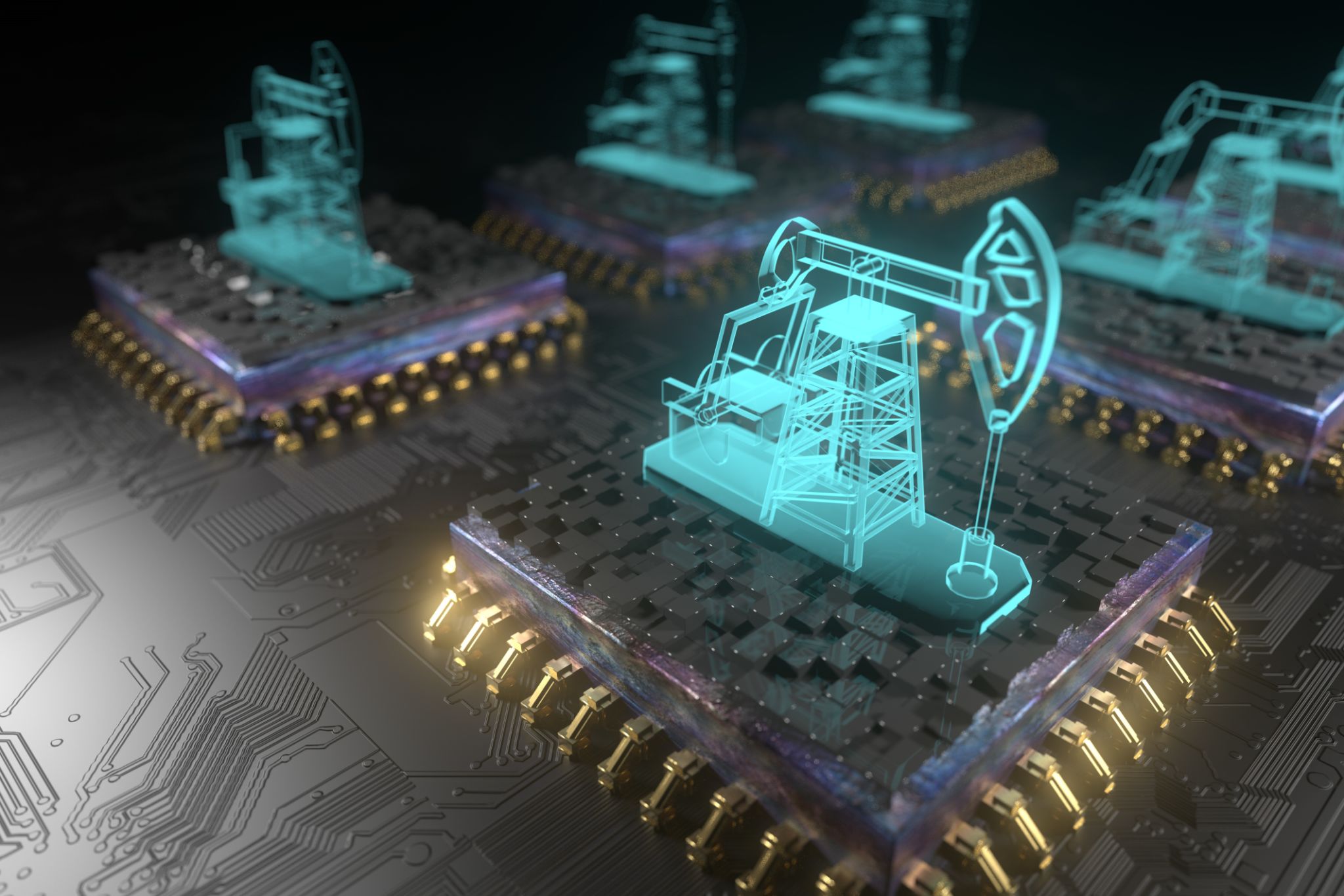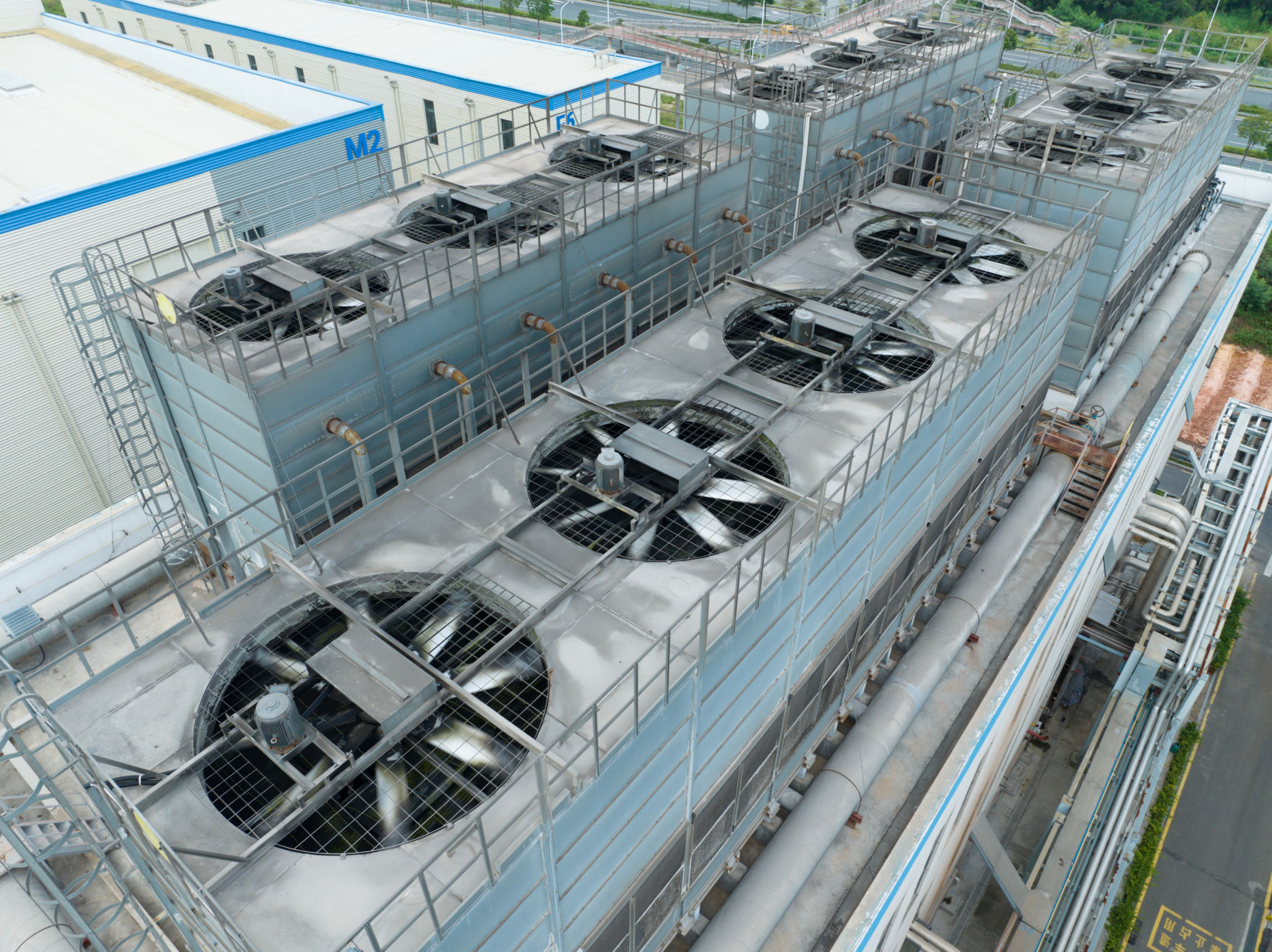Expert Tips for Maintaining Your Bitcoin Mining Hardware
Understanding Your Bitcoin Mining Hardware
Bitcoin mining is a complex process that requires substantial investment in hardware. To ensure your mining operation runs smoothly and efficiently, it's crucial to have a solid understanding of your equipment. The most common types of mining hardware include ASICs (Application-Specific Integrated Circuits), GPUs (Graphics Processing Units), and FPGAs (Field-Programmable Gate Arrays). Each type has its own set of maintenance needs and performance characteristics.

Regular Cleaning and Dust Management
Dust accumulation can significantly impact the performance of your mining hardware. Regular cleaning helps maintain efficient airflow and cooling, which are essential for optimal operation. Use compressed air to blow out dust from fans, heat sinks, and other components. Ensure you perform this task in a well-ventilated area to avoid inhaling dust particles.
In addition, it's wise to place your mining hardware in a controlled environment with proper ventilation to minimize dust buildup. Investing in dust filters for your hardware can also help reduce the frequency of cleaning required.
Temperature Control
Keeping your mining equipment at an optimal temperature is vital for its longevity and performance. Excessive heat can lead to hardware failure and reduced efficiency. Monitor the temperature of your devices regularly using software tools that provide real-time data. Aim to keep the temperature within the manufacturer's recommended range.

Consider using additional cooling solutions such as fans or professional-grade cooling systems if your setup generates significant heat. Proper ventilation in the room where your equipment is housed is also critical to maintaining a stable temperature.
Firmware Updates and Software Management
Staying up-to-date with the latest firmware and software updates can significantly improve the performance and security of your mining hardware. Manufacturers frequently release updates that address bugs, enhance efficiency, and provide new features.
Set a regular schedule to check for updates and apply them promptly. This proactive approach helps ensure that your hardware operates at peak performance and remains secure from vulnerabilities.
Power Supply Maintenance
The power supply unit (PSU) is a crucial component of your mining setup. Ensure that it delivers consistent power to avoid interruptions in your operations. Periodically inspect the PSU for any signs of wear or damage, such as frayed cables or unusual noises.

Investing in a high-quality PSU with sufficient wattage to support your entire setup can prevent issues related to power surges or inadequate supply. Remember to use surge protectors or uninterruptible power supplies (UPS) to safeguard your equipment against power fluctuations.
Monitoring Performance and Efficiency
Regularly monitoring the performance and efficiency of your mining hardware is essential for maximizing profits. Use monitoring software to track key metrics such as hash rate, power consumption, and temperature. This data can help you identify potential issues early and make informed decisions about optimizing your setup.
Consider experimenting with different configurations or overclocking settings to improve efficiency, but be cautious as this could also lead to increased wear and potential damage if not done properly.
Conclusion
Maintaining your Bitcoin mining hardware is an ongoing process that requires attention to detail and proactive management. By following these expert tips, you can extend the life of your equipment, enhance its performance, and ultimately maximize your returns from Bitcoin mining.
Remember that regular maintenance not only helps prevent costly repairs but also ensures that your mining operation runs smoothly in an ever-competitive market.